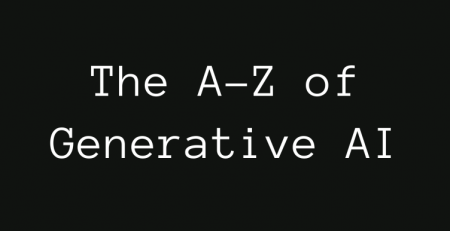Rethink AI Risk before it kills Your Business
As CEOs steer their organization towards future success, the upside of understanding and strategically integrating AI into their businesses is huge. AI has gone beyond mere operational efficiency improvements, it offers businesses avenues to innovate, disrupt traditional models, and carve out new competitive edges.
Yet, to harness AI’s potential CEOs must orchestrate a strategic symphony of growth, innovation, and ethical responsibility. If CEOs are to gain all the economic advantages AI has to offer they must avoid AIs down sides.
What 5 risks need managed to enable CEOs to successfully implement AI before risk kills innovation?
1. Data Privacy and Security in the Age of AI: Organizations are urged to enhance their cybersecurity frameworks to effectively counter emerging digital threats. In a landscape where data is the cornerstone of strategic advantage, its safeguarding becomes paramount. For example, AI algorithms can face manipulation through data poisoning, prompt injections, data security breeches and more.
Therefore, the implementation of stringent data access protocols, despite their potential for added operational complexity and expense, is essential. In addition, the alignment with global data standards such as GDPR, CCPA, and HIPAA is critical, transcending mere regulatory compliance to signify a deeper commitment to maintaining customer trust.
2. Addressing AI Bias through Ethical Governance: Given that AI systems are reflective of the data they process and the human fallacies of the individuals who created them, establishing a governance framework that continually assesses and rectifies inherent biases is crucial.
Organizations must broaden their data spectrum, incorporating diverse and synthetic datasets to enhance representativeness. As such, investment in the development and implementation of fairness-centric algorithms is imperative, positioning firms as vanguards of ethical AI practices.
3. Enhancing Transparency and Accountability in AI Deployment: The inherent complexity in AI models can impede trust. Therefore, opting for AI solutions with built-in audit capabilities, despite their higher cost, is advisable.
Such investments not only adhere to ethical norms but also prime organizations for upcoming regulatory changes. A balanced approach, maintaining human oversight alongside AI automation, is essential to ensure decisions are both interpretable and in line with organizational ethos. A careful and strategic application of AI, especially in sectors where transparency is paramount, is recommended.
4. Navigating the Evolving Regulatory Landscape of AI: As AI technologies advance, so does the regulatory framework surrounding them. Strengthening your team with experts in AI law, ethics, and regulatory compliance is a strategic necessity.
This ensures that AI initiatives are not only at the forefront of innovation but also adhere to legal standards, thus protecting the organization from potential regulatory pitfalls.
5. Reducing Dependency on External AI Vendors and Talent: Diversification of AI vendor relationships is crucial to mitigate risks associated with dependency on singular sources. Developing in-house AI capabilities through focused training and development initiatives is key. This approach not only cultivates internal expertise but also lessens the reliance on external talent markets.
Attracting, retaining, and nurturing top AI talent by providing a stimulating work environment is essential. Collaborative engagements with academic and research institutions offer valuable insights from the cutting-edge of AI research, ensuring organizations stay ahead in the competitive landscape.
Conclusion
If CEOs are to succeed in the Age of AI they must move quickly and skilfully to protect them businesses against the risks AI brings. Protecting their businesses against the 5 risks is key if CEOs are to successfully implement AI before risk kills innovation.
There is inherent risk in everything we do, from crossing the road to driving a car but many of those risks are known. AI on the other hand is an unknown entity for the vast majority of the population. With so many ‘AI will take you job’ stories now rampant, coupled with AI being a complex technology, it is no wonder people worry first and wonder later.
Are you and your business ready to embrace AI and do so responsibly and securely?
Check out my previous blog at – The Top 8 Uses of Data Analytics in Healthcare – Kieran Gilmurray










Comment (1)
[…] Check out my previous blogs at – Rethink AI Risk before it kills Your Business – Kieran Gilmurray […]